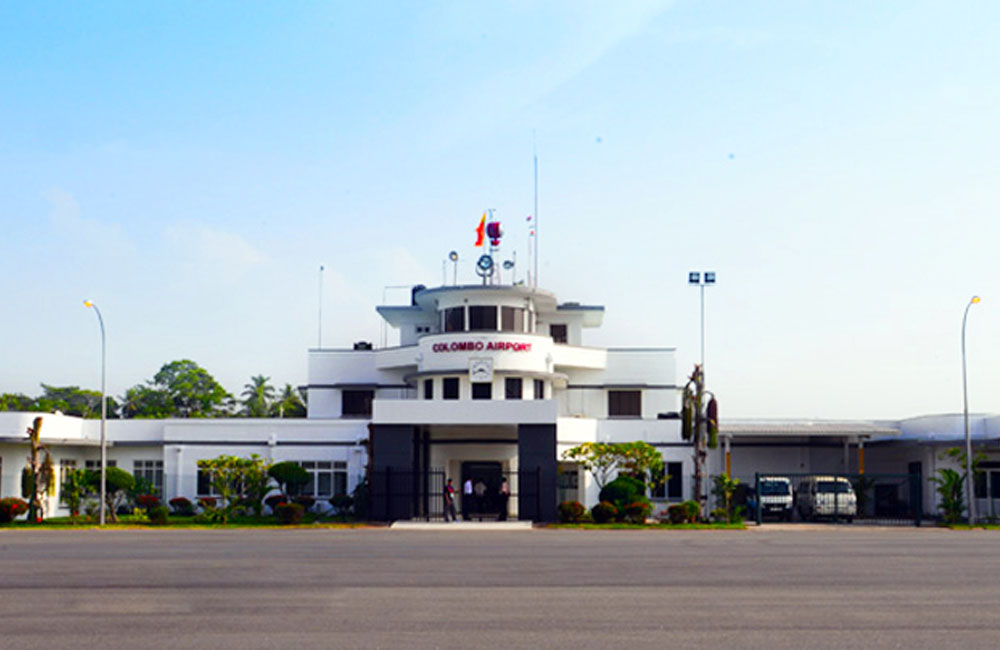Sri Lanka’s first airfield, the Ratmalana Airport, which began operations in 1935, is once again in the spotlight as aviation experts call for urgent modernization and coherent planning to restore its operational safety and international standing. Former President of the Aircraft Owners and Operators Association, Capt. G.A. Fernando (MBA, UK), in an investigative commentary, has highlighted decades of neglect, poor planning, and bureaucratic oversight that have crippled the airport’s potential.
Once Ceylon’s main international airport, Ratmalana lost its status in 1968 when international operations shifted to Katunayake. According to Capt. Fernando, the airport’s navigational systems, runway lighting, and radio aids gradually deteriorated, forcing pilots to rely on the burning gas flare from the Sapugaskanda Refinery for visual guidance at night. The decline continued despite its rich legacy as the Royal Air Force’s key base during World War II.
The post-1977 political decision to relocate the Parliament to Sri Jayewardenepura, just 3.6 nautical miles from the Ratmalana runway, imposed further operational restrictions. “It was like building a house beside a railway and then complaining about the noise,” Fernando notes, referring to bans on flight paths over the parliamentary zone, which disrupted standard approach routes.
The situation worsened when unplanned construction continued around critical approach areas. The Akuregoda Defence Headquarters, located barely 4.4 nautical miles from the runway, has become a major obstacle to establishing a safe straight-in approach path an essential requirement for modern jet operations.
Similar lapses occurred with the Kotelawala Defence University building, whose height exceeds aviation safety norms. “Uncoordinated decisions have made Ratmalana’s redevelopment nearly impossible,” Fernando warns, blaming the absence of a national master plan and lack of inter-agency coordination between the Civil Aviation Authority (CAASL), Airport and Aviation Services (AASL), and urban planners.
He further notes that Ratmalana still lacks a fully functional control tower with 360-degree visibility, adequate navigational aids, or modern landing systems. Ironically, the nearby Air Force Museum building itself interferes with radio signals. “The government must decide whether the Rs. 3 billion recently approved for Ratmalana is for visible structures or essential safety upgrades,” he questions, urging authorities to prioritise unseen but critical improvements like radio beacons, lighting systems, and airspace management.
Citing international examples such as Wellington Airport’s control tower built atop a shopping mall, Fernando calls for “out-of-the-box” thinking to overcome planning blunders and restore Ratmalana’s role as Sri Lanka’s urban business aviation hub. “This country suffers from tunnel vision in aviation planning. Professionals are rarely consulted, and accountability is absent,” he concludes, warning that without proper navigation aids, safety oversight, and coordinated development, Ratmalana’s revival will remain grounded in bureaucratic fog.

Leave your comments
Login to post a comment
Post comment as a guest